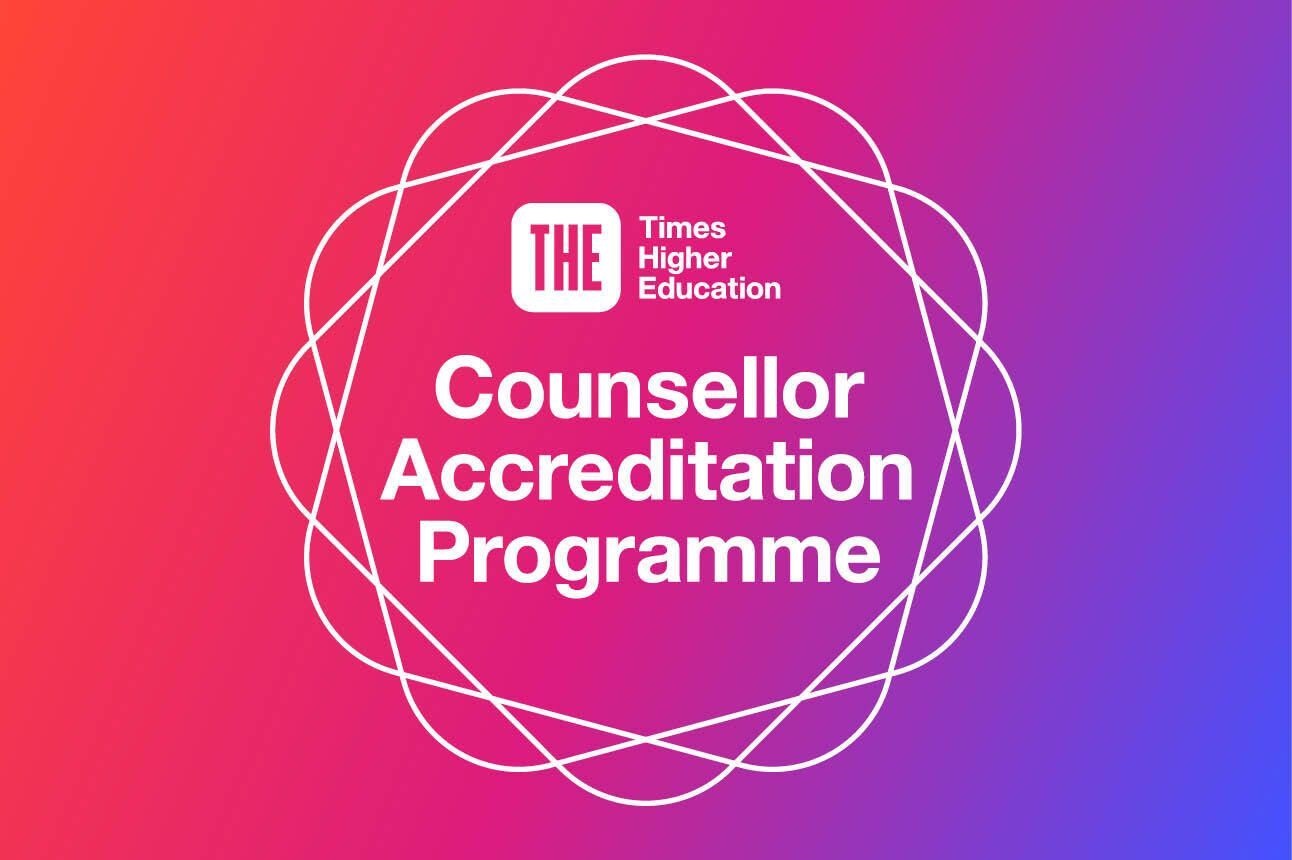Counsellor resource: how to be a mapmaker when there is no map
These three steps can be adapted to help counsellors in any advising scenario

Counsellors are guides who accompany students on their path to post-secondary study or work. Everyone involved in the school community and beyond wants the best for students, but there are sometimes pressures to have the one programme or way to take our students to the “best” university or profession.
Our role as counsellors is to help students design their maps and, importantly, to guide them when changing courses and finding new routes. The destination may or may not change, and what is “best” has many definitions. The critical way to support students is to make map-making student-centred so that they can chart their journey and learn to course correct. In reality, there is no map! It is an exploration, and there is more than one destination because the nature of work and career is evolving.
This approach does not include a specific list of activities for each grade. Instead, it provides a framework for building a package that best suits your school community’s needs and the capacity of your counselling programme.
Step 1: Where are students now?
Activities in which students explore their interests, identify academic strengths and reflect on their values. These can include engaging in one-to-one or small group discussions and working with pastoral or student life colleagues to connect to homeroom/mentor lessons. Tests such as 16 Personalities or the VIA Character Strength Survey provide feedback to start these discussions.
Step 2: Where can the student go from here?
Opportunities for students to explore future careers, university courses/majors, or technical training should be made available to them. Career fairs, job shadowing or work experience give students concrete examples and the chance to speak to professionals.
Many college and career platforms such as Cialfo, Unifrog and MaiaLearning include career readiness assessments or inventories, while sites such as Roadtrip Nation have tools and short videos describing different career paths.
Step 3: How do students get there and how do they adjust the course?
This is the point at which students start preparing for university applications or future training and employment. University fairs, open days, taster sessions and meeting university representatives are all ways for students to research and begin to make decisions.
Counsellors help students understand the tangible steps needed through workshops, individual meetings and advice on choices for subject selection in high school. Schools should offer a way to develop a four-year graduation plan with each student to help them make curriculum choices and understand the impact of those choices in meeting different university admissions requirements.
Finally, students need help and guidance to develop transferable skills that will enable them to pursue further study or to enter the workforce. Resilience and risk-taking skills will carry the students far as they continue to refresh their maps when encountering new routes or roadblocks. University admissions and job-searching include disappointment and having a plan B or beyond.
This lesson plan was created collaboratively as part of the Level 2 CAP Assessment by:
João Rodrigo Agildo: Colégio São Luís, São Paulo, Brazil
Reginaldo Aguiar: Positivo School Group, Curitiba, Brazil
Olgica Gjorgjevska: NOVA International School Skopje
Gavin Hornbuckle: Dulwich College Beijing, China
Olena Jackson: American International School of Jeddah, Saudi Arabia
Marsha Oshima: International School of Geneva, La Grande Boissiere
Ryan Jay Riconalla: NationalHigh Jakarta School, Jakarta, Indonesia
Joe Rogers: Amsterdam International Community School, Netherlands
Gwawr Tagg: International Schools Partnership - Global
Suman Yadav: Oberoi International School, JVLR Campus, Mumbai, India




